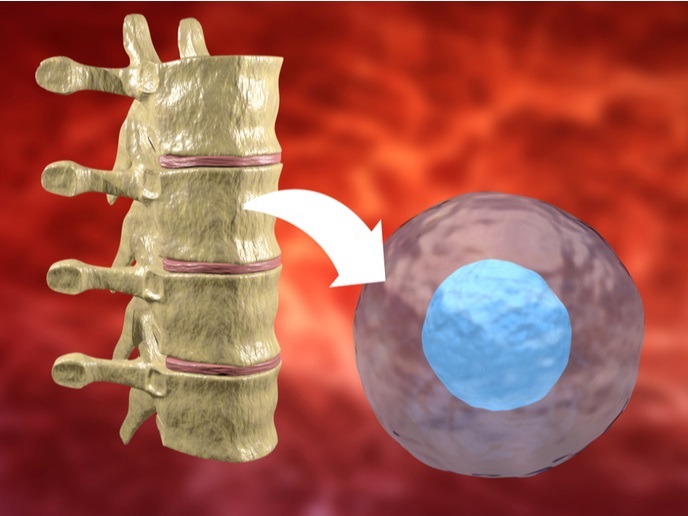Signalling redundancy during development
PARs are transmembrane proteins that mediate signal transduction. They were initially identified in platelets and play a critical role in haemostasis, thrombosis as well as vascular development. Scientists on the EU-funded 'Protease signaling in development and disease' (PROTEASE SIGNALING) project wished to uncover new roles for PARs in development and disease. To this end, they addressed the redundancy between the different PARs and how their loss could be compensated by another family member. Deletion of all PARs in a transgenic mouse model led to embryonic lethality which was not attributed to excessive bleeding or lack of endothelial signalling. This suggested that PARs play unappreciated roles in development. A new involvement of PARs in neural tube closure provided further evidence that these receptors are active during brain development. To elucidate the interplay with other signalling systems, researchers deleted the ligand of a related family of receptors and assessed the impact of PARs. Animals lacking the related receptor could be rescued through PAR activation, verifying the redundancy between these two receptor types in regulating vascular biology. The work of the PROTEASE SIGNALING project provided important knowledge on the regulatory systems that contribute to embryonic development. Furthermore, the generated information will be extremely useful in clinical drug development applications that modulate PAR signalling.







